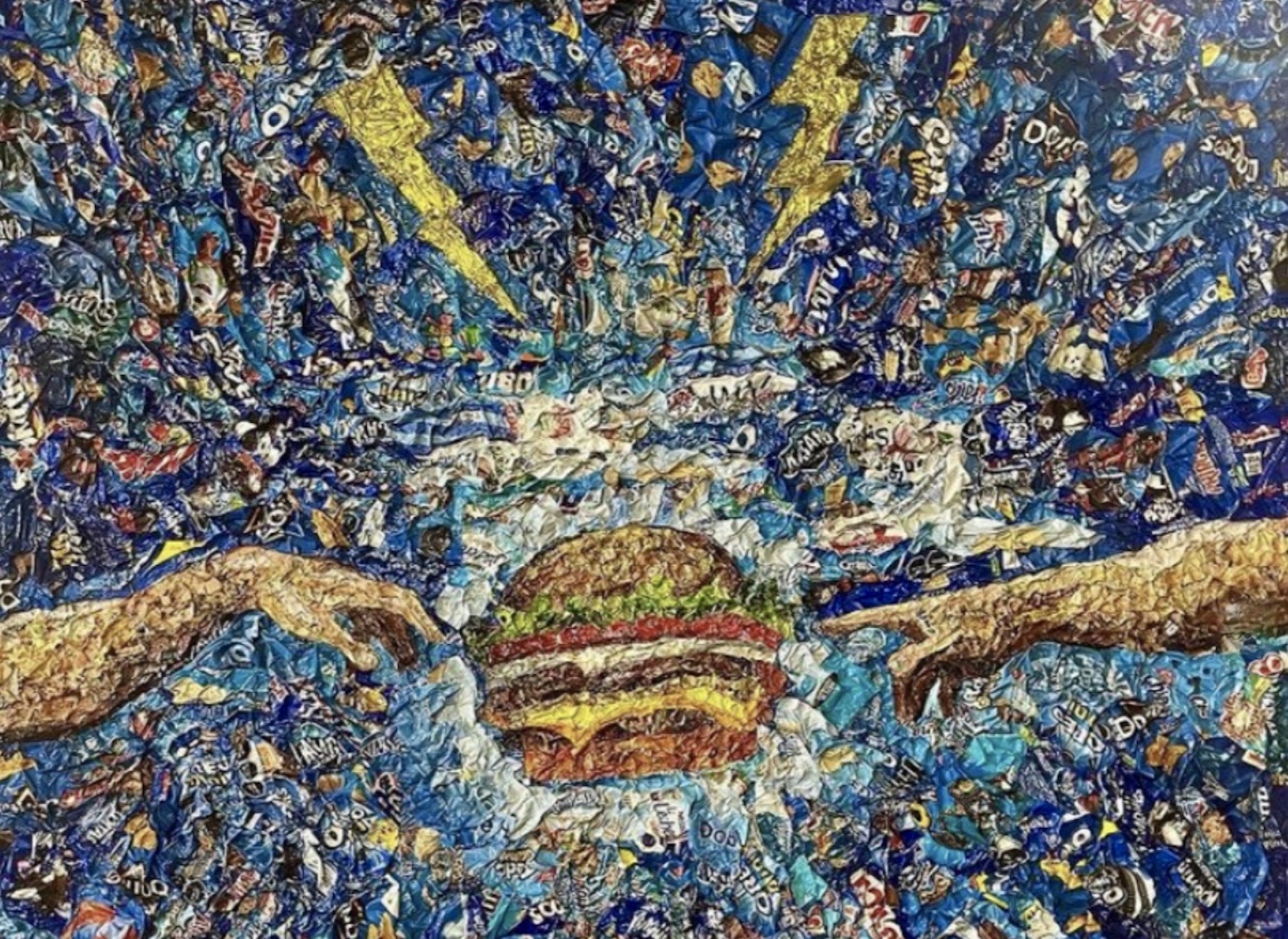

How is “junk food” defined for food policies like taxes? A combination of food category, processing, and nutrients can determine which foods should be subject to health-related policies, according to a new analysis examining three decades of U.S. food policies by researchers at the NYU School of Global Public Health and the Friedman School of Nutrition Science and Policy at Tufts.
Junk food — a term that typically describes sweet or salty snacks and desserts with low nutritional value — makes up 15% of all calories consumed in the United States.
“There is a growing recognition that an unhealthy diet stems from overconsumption of what we colloquially refer to as ‘junk food,’ ” said Jennifer Pomeranz, assistant professor of public health policy and management at NYU School of Global Public Health and the first author of the study, published in the journal Milbank Quarterly. “However, public health efforts to address junk food are hindered by a lack of a uniform method to define junk food for policy purposes.”
One policy example where a definition for junk food is needed is a junk food tax, which raises the price of such products to reduce consumption and generate revenue for other programs to improve the nutrition and health of communities in need. Previous research by NYU and Tufts shows that taxes on junk food are administratively and legally feasible.
While junk food taxes are not widely used in the United States, several countries have successfully implemented them. Hungary taxes unhealthy food that falls into certain categories and have elevated levels of nutrients, such as sugar and salt — an approach that has led to lower consumption of junk food, increased awareness about nutrition, and has nudged manufacturers to reformulate their products to make them healthier.
“People often say it would be too difficult to define ‘junk food’ for taxation or other policies. Our new results indicate numerous U.S. examples of existing policies that define junk food and identify the common threads between them,” said study senior author Dariush Mozaffarian, dean for policy at the Friedman School at Tufts.
To gain a deeper understanding of how existing policies determine what constitutes junk food, the researchers evaluated policies where federal, state, or tribal governments defined categories of food for taxation or other related regulatory purposes. Not all policies targeted junk food — federal regulations define foods covered under food assistance programs, while several states sought to exempt the sale of home- or farm-made foods from retail requirements.
They identified and analyzed 47 laws and bills from 1991 through 2021, including one active junk food tax law implemented by the Navajo Nation, three state snack food sales taxes that were later repealed, and numerous junk food tax bills that have not been enacted. (Their analysis did not include policies that solely focused on beverages such as soda taxes.)
They found that existing policies used several criteria to define foods, including product categories (e.g. candy, chips), processing (e.g. added preservatives), place of preparation or sale (e.g. homemade, farmers’ market, vending machine), nutrients (e.g. levels of salt, saturated fat, or sugar or calories), and serving size. Of the 47 policies, 26 used multiple criteria to define foods.
Two themes emerged: first, policies used categories of food products to help differentiate between necessary or staple foods and non-staple foods. For instance, bread was often excluded from junk or snack food policies, as it is widely considered a staple food, while sweets and chips were considered non-staple foods.
Second, policies commonly added a combination of processing and/or nutrient criteria to further determine which products within food categories would be subject to or exempt from regulation, generally favoring products with lower levels of processing and additives. This combined approach — which may provide a path forward for new junk food policies — is used in a Navajo Nation junk food tax that defines which food is taxed based on category, processing, and nutrients, including saturated fat, salt, and sugar.
The researchers were surprised that no state tax laws or bills directed the state’s public health department to define the foods subject to the tax, a practice regularly used at the federal level and a mechanism that states could use to have experts define the foods to be taxed.
The researchers further concluded that their analysis supports the use of junk food taxes implemented as excise taxes paid by manufacturers or distributors, rather than sales taxes that need to be administered by retailers and paid directly by consumers. Revenue from excise taxes can be earmarked for particular uses, including improving access to healthy food in low-resource communities.
“An advantage of excise taxes is that food companies may be motivated to reformulate their products to be healthier to avoid taxation,” said study co-author Sean Cash of the Friedman School at Tufts. “Defining foods to be taxed is not a static exercise, as existing products are reformulated and thousands of new packaged foods are introduced each year — so how we tax foods is not just a tool for steering consumers away from the least healthy options, but also for encouraging healthy innovations in what ends up on the supermarket shelves.”


